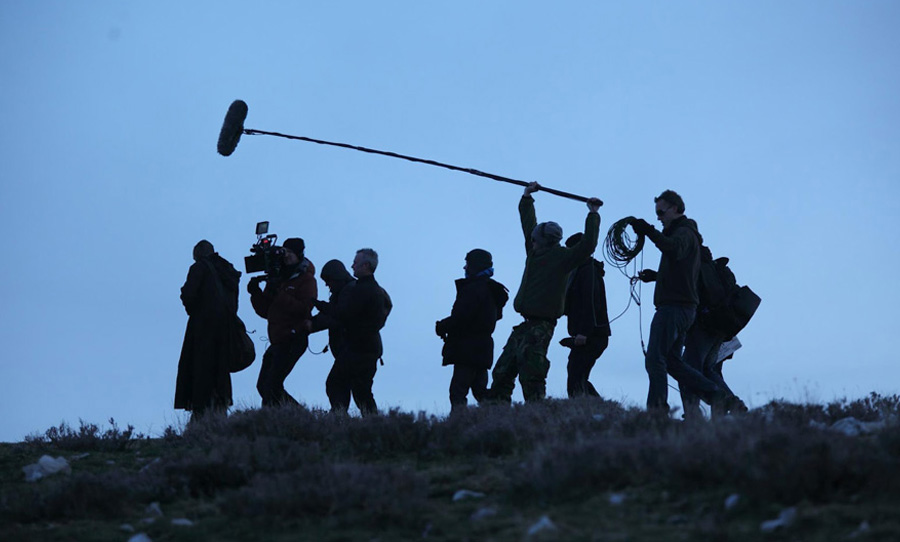Hollywood musicals and introduction to sound.

After finishing studying The General By Buster Keaton we are moving on to look at Hollywood musicals and will be exploring the technical side of sound in more detail. Throughout the next couple of weeks I will be updating new terms and new analysis pieces up onto my blog.
After reading the factsheet about "Understanding and using sound" I found out that the first major Hollywood film to be released with sound was the Jazz Singer in 1927. Prior to the release of Jazz Singer, all films other films had been silent however, sound changed film forever and within a few years, silent films were almost extinct.
Even though sound changed film, the transition to sound was not smooth and many film makers and critics hoped or as many of us today would imagine. After the introduction to sound in 1927 something important had been lost within film as sound was introduced. Films became less cinematic and visual creativity was hampered by the need to record clean dialogue.
What difficulties did sound have when it was first introduced?
For the early pioneers of sound in the cinema, recording sound was a major headache. early film cameras produced an insane amount of noise and had to be enclosed in boxes called “blimps” in order to muffle the sound they made. Film crews who were used to shooting on location and only aiming to get visually interesting shots, they found it very difficult to control background noises like cars going by, which would spoil a sound recording. Also directors had to adapt to the new element, directors were used to talking to their actors during a take to coach their performance, now had to remain silent during filming so their instructions wouldn’t be recorded.
Keyword Glossary
Sound Bridge: A sound effect or music cue that runs across a cut, smoothing the join and linking the two shots or scenes together.
Direct Sound is sound that was recorded at the time filming took place. This can create a sound track that is more like real life as all sounds are heard at the level they occur in real life. However, using direct sound can cause problems if something loud happens off camera, the audience will want to see what has caused the noise and may think it is important to the story.
Post-Synchronised Sound is added after filming has taken place. In the Italian film industry, films are usually shot without using any sound equipment and the dialogue is recorded afterwards in a studio and matched to the images. Films made in one language are often dubbed in this way into other languages for foreign markets.
Sound Equipment in film.

You must use headphones to monitor your sound while you shoot. Before you go out to shoot, do this simple test: connect a pair of headphones to your camera and hold a mobile phone close to the microphone, send a text message and listen to the effect.
A boom pole is essential to get your microphone as close as possible to your actors without it appearing in the shot.
A boom pole, fitted with a ‘dead cat’ is essential for recording dialogue scenes effectively.

Comments
Post a Comment